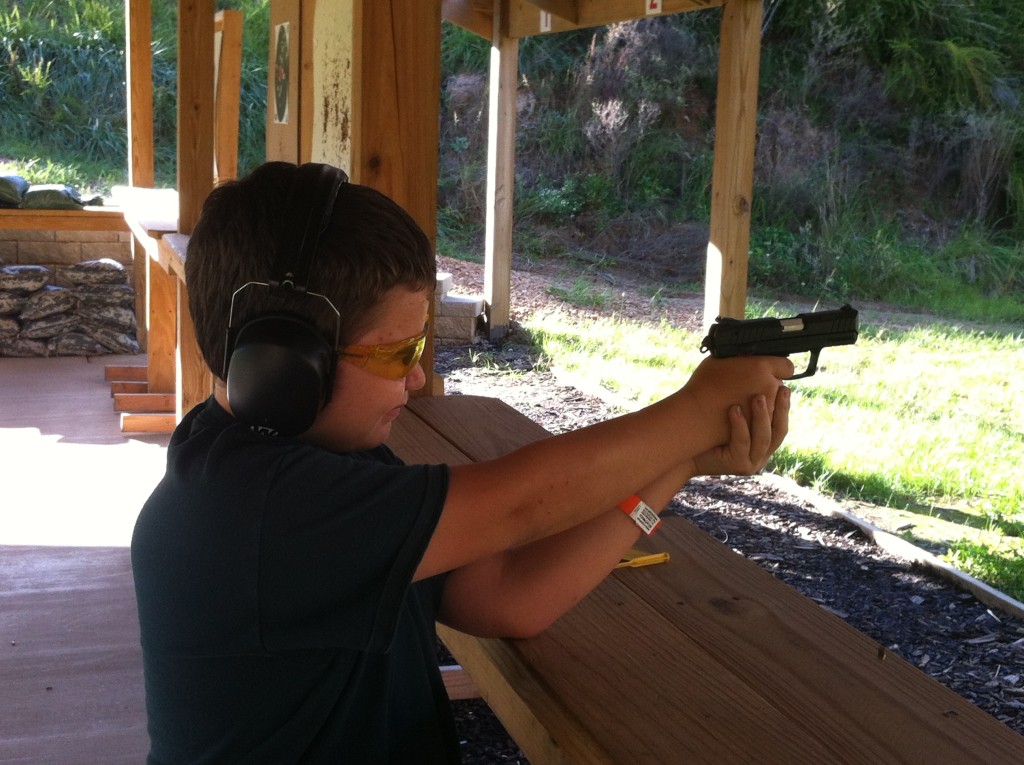Physicians support proposed gun legislation – VTDigger.
I’m going to take a break from working on clinical validation of ECG systems and toss in my perspective here. Since I’m wearing my clinical hat today, I’ll take it from that perspective. Forgive me for speaking to him in his language…
First, you’re making a common clinical mistake. Treating the presentation rather than the underlying etiology. We learned the danger of that back when I was doing cardiac drug trials. Give the patient anti-arrhythmics to make the arrhythmia go away and the V-tach and V-fib goes away. Sounds good until the CAST study (in which I was also involved) proved that not only were we ineffective by only treating the symptom, but we were exacerbating the problem by causing proarrhythmic deaths. This is repeated over and over in medicine. For long term efficacy, you need to treat the cause. Guns are merely a mechanism of violence, not a cause of violence. In your demographic guns are a major mechanism – a presentation, but only at about a 50% level. Considering the high number of other presentations, there is no reason to presume that removing the guns will reduce mortality and every reason to believe that mortality will change presentation.
Now, you talk about preventative intervention in removing guns from those with high risk factors. Prophylaxis is a valid means of intervention, however correct use is typically a mitigation of the risk factors. Based upon your criteria, a case could be made for prophylactic appendectomy for the general population. Should we also do preventative CABG based simply on risk factors and not as a treatment of documented CAD?
Again, if you want to treat gun violence, it is necessary to focus on the underlying etiology – violence rather than the presentation. That is simply a matter of good clinical practice. What studies have been conducted to review the cause of the underlying violence? What would be the appropriate intervention to address those causes? Rather what ethical methods are available for intervention? There are many unethical methods. Those are no more acceptable gun prohibitions with regard to violating patient rights.
Second, with regard to self inflicted injury and suicide, there is certainly precedent of restricting an individual’s rights or freedom due to a clear and present danger of self injury. However, this is always within a framework of due process. More important, such intervention is always made in the context of treatment with the objective being the restoration of the restricted freedom or rights. Follow-up must be mandatory in that regard. If the clinical presentation no longer indicates the risk, then the gun right should be immediately restored with their other liberties. There is no ethical clinical indication for a multi-year waiting period, as is often imposed for mental health issues.
With regard to the recommendation of extended background checks, the research presented notes that there is no indication of the extent of effect of the intervention. Particularly important, as in all medical treatment, is compliance. Interventional policy without sufficient evidence of efficacy is not sound medicine. Since several states have implemented the checks proposed the appropriate studies should be possible. Indeed, in Illinois where background checks for all sales is a recent implementation, this check is recent enough that a prospective study should be able to be developed to test the effectiveness of the checks against recent historical data. Epidemiological data should also be sufficiently available to assess compliance as a subcomponent of such a study. Data should also be collected to determine the scope of such checks that would be most appropriate. I.e. gun type, age, race and income of purchaser, residence, social history, etc. It is entirely possible that the data would indicate intervention needed in only specific demographics. In such case, there is no need to create an undue burden for the populace at large and to restrict the checks to only those high risk cohorts. If the objectives are clinical outcome, this would be sufficient.
To close, one must serious consider the degree of burden the proposed intervention presents. Excluding the suicide where the patient is under active care with the endpoint of restoration of rights as suggested above, homicide by gun accounts for only 0.43% of death in the United States according to 2013 CDC data. For such a small demographic it is necessary to question the justification for a large social engineering program that will negatively impact between 37-44% of of households according to recent studies by Pew and Gallup, respectively. The only way to ensure the necessary compliance would be blanket registration of all guns.
Note: one limitation of this analysis to be considered is that it focuses on mortality and does not take into account non-fatal injury. Another limiting factor is that the data discussed includes all gun fatality. It does not, for example, distinguish between legal homicide (self-defense) and illegal murder. This may skew the interpretation of the data.
Abuse of clinical authority is a particular pet peeve of mine. While I’m not an M.D., I have been involved in clinical research from a research assistant through a clinical scientist to a investigational sponsor for over 30 years. Articles and statements like this doc gives makes us all look bad.

